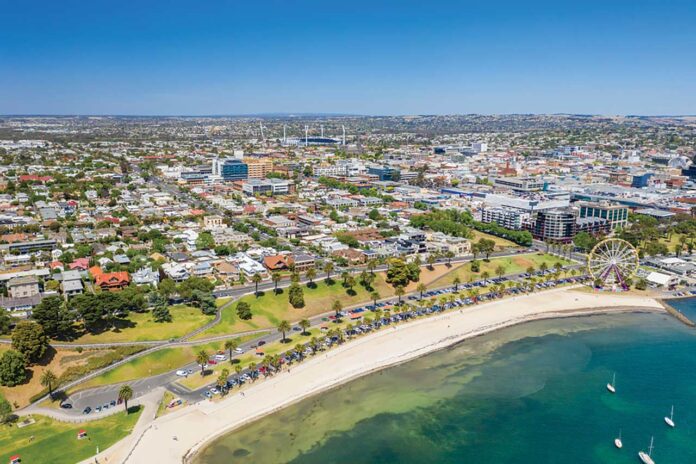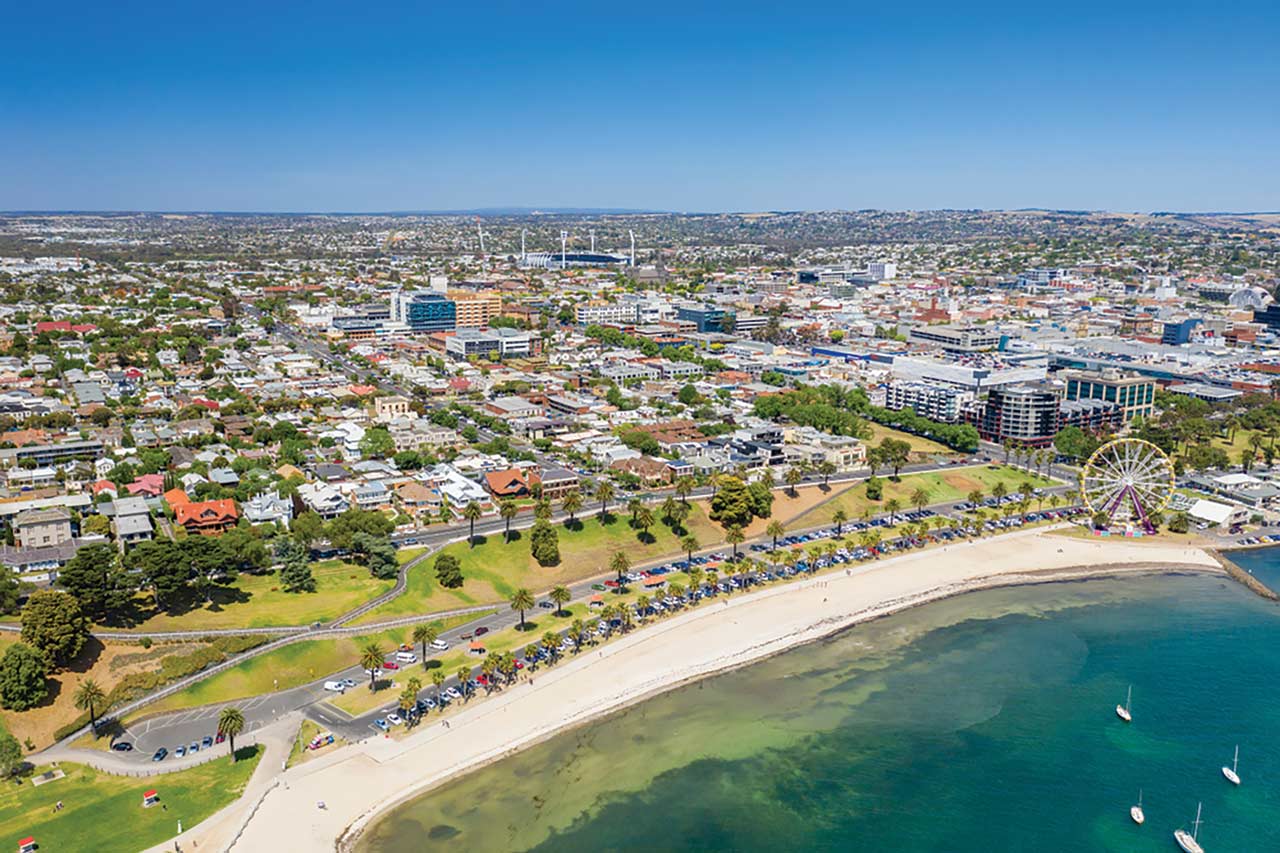
As one of the world’s most ‘locked down’ cities, Melbourne’s economic landscape underwent some rapid changes over the course of the pandemic years. The total shutdown of the city’s economy saw a slew of small businesses close their doors for good, crippling local economies across Melbourne’s metropolitan region.
But there’s been a contrasting and unprecedented growth of local economies across regional Victoria. Small business owners in regional city centres are thriving now more than ever before, prompting many economists to wonder if the growth of regional communities is the answer to some of Victoria’s most pressing concerns.
Even so, small business owners face their own challenges operating in regional cities and towns rather than in the heart of Melbourne. So what’s in store for regional business owners over the next few years?

The challenges facing regional small businesses
There are undoubtedly novel challenges to managing a business in a regional city or township. For starters, reduced foot traffic and a lack of nearby amenities are always a concern, which is likely prompting more small business owners to secure public liability insurance in Victoria. Alongside this, small business owners operating in regional city centres typically also possess a lower pool of job candidates, which complicates growing their business even further.
On top of this, there’s the continuation of reduced international trade activities, which is another lingering after-effect of the COVID-19 pandemic. This ongoing concern has been part of Australia’s economic fabric for the past few years now, prompting Aussie business owners to seek alternative local and nearshore suppliers rather than partnering with suppliers based overseas.
Even so, access to supplies and inventory is undeniably an exacerbated operational concern for regional small business owners – especially for those who stock perishable or seasonal goods. As a result, small business owners are encouraged to think strategically about where in Victoria they’d like to open up shop. Market research has never been more important, as regional businesses can greatly benefit from establishing themselves in localities where demand for their goods or services is high, and new stock is also readily available.
Meet Victoria’s largest regional cities
So where are the best places in Victoria to set up shop? Unsurprisingly, some of Victoria’s fastest growing regional cities and townships have become strong economic hubs in their own right. These include cities like Bendigo, Ballarat, Geelong, and metro-adjacent council districts like Mitchell Shire, which has been experiencing rapid-scale civil developments for the past decade.
The city of Geelong in particular has become one of the top Victorian destinations for Melburnians seeking a sea change. The coastal city experienced a population boom over the past few years, with the population growing from 278,929 as recorded in the 2016 census to 327,878 in the 2021 census. This makes Geelong the second largest city in Victoria following the state capital.
As Geelong is also located just 75 km away from the Melbourne CBD and also possesses its own port facilities, this regional city is less dependent on seasonal foot traffic and truck trade routes. As a result, Geelong has been able to sustain rapid economic growth which is on an upward trend.
Similarly, regional townships like Wonthaggi (the gateway to Phillip Island) and Waratah Bay (located west of Wilsons Promontory and in the Gippsland region), are also experiencing higher than average economic growth. Regional cities and townships that are experiencing higher than average growth are also more likely to be tourism hotspots, allowing these regions to accrue additional revenue during Victoria’s peak travel periods.
For small business owners running hospitality and retail businesses, there are lucrative opportunities to serve localities that are highly saturated with tourist activity, allowing for a consistent amount of consumer interest with varied and changing demographics.
The benefits of Victoria’s regional growth
Even with the city experiencing its own exodus during its years in lockdown, Melbourne is still on track to becoming Australia’s largest city by the year 2030. From there, it’s estimated to take under 20 years for the city to become Australia’s first ever megacity, or a city with a total population of over ten million people. Because of Melbourne’s own booming population growth and the simultaneous rise of digital technologies and the automation of Australian industries, there are concerns that population growth rates will supersede the city’s job market growth substantially.
Thankfully, the growth of Victoria’s regional cities and townships can provide the solution here, as newer generations of Victorians have the option to find secure work in regional areas. With the development of universities and other educational institutions in cities like Geelong, Ballarat, and Bendigo, Victorian families don’t have to travel to Melbourne in order for their children to receive a good education or enjoy their own initial forays into the workforce upon attaining tertiary qualifications.
The diversification and redistribution of Victoria’s population can only benefit the state, setting up a future where Victorian residents have the agency to live and work in settings and local economies that suit them best.
What government support is available to regional Victorian small business owners?
Although Victoria’s regional city centres are experiencing undeniable economic growth, the state government still has concerns that regional areas are contending with its own industry barriers, including skills shortages and reduced talent pools in relation to the Melbourne metro region. As a result, there are government support initiatives like concessions, work placement programmes, and other forms of financial assistance available to both small business owners as well as professionals who may be interested in relocating to regional cities and townships.
For example, the development of Agricultural Passports has allowed agricultural industry workers from across the country to find seasonal work in regional Victoria. And outside of agribusiness, the Victorian state government also continues to maintain its ‘Work in the Regions’ initiative in partnership with other government agencies like ‘Teach For Australia’ and the federal Department of Education.
The Industry Capability Network (ICN) was also established as a means of assisting regional business owners with maintaining secure supply chains, effectively sustaining local economies throughout ongoing international trade and importation difficulties. The ICN also possesses infrastructure for connecting regional suppliers with nearby distributors, strengthening Victoria’s regional economies internally.
There is still plenty of potential for regional growth across Victoria. This is demonstrated in so many ways, ranging from the large discrepancy in population between Melbourne and Geelong, the state’s second largest city, as well as the expansion of the metro Melbourne region into council districts like Mitchell Shire and the Yarra Ranges. All things considered, Melbourne-based small and medium-sized business owners will have the opportunity to jump into regional economies from the ground floor. So if you’re looking to make a sea change (or a tree change), now could very well be the perfect time to make your move.





